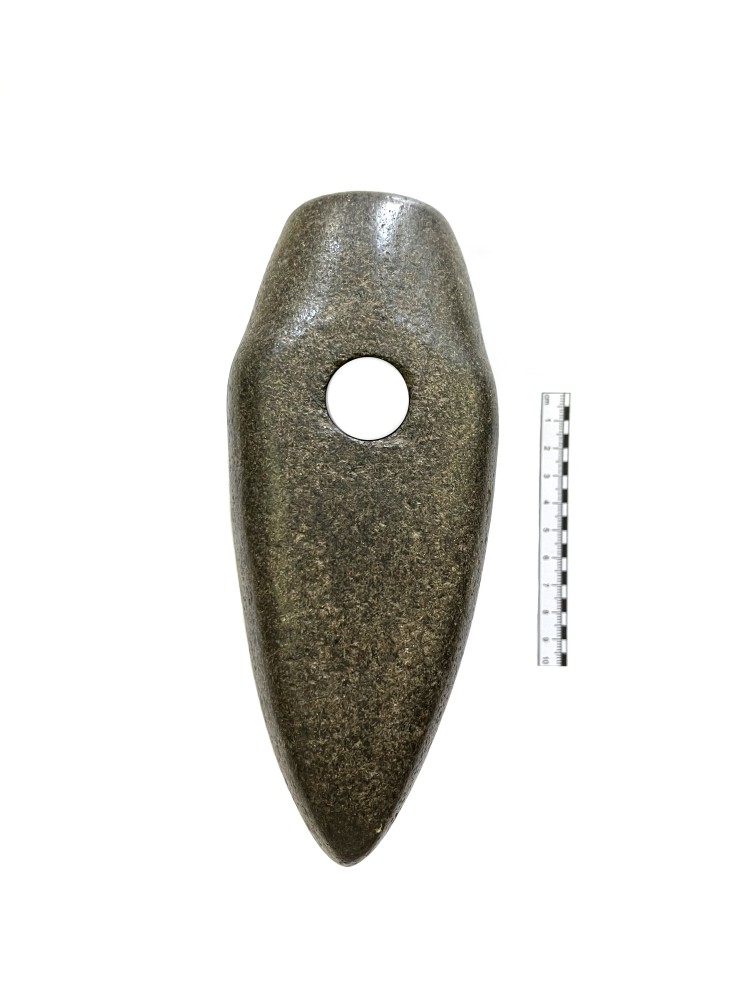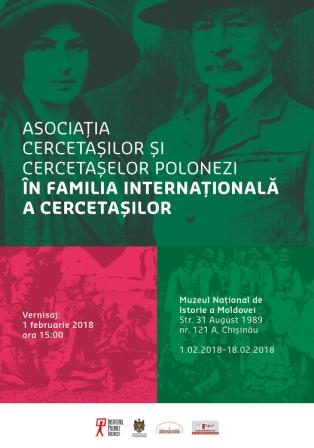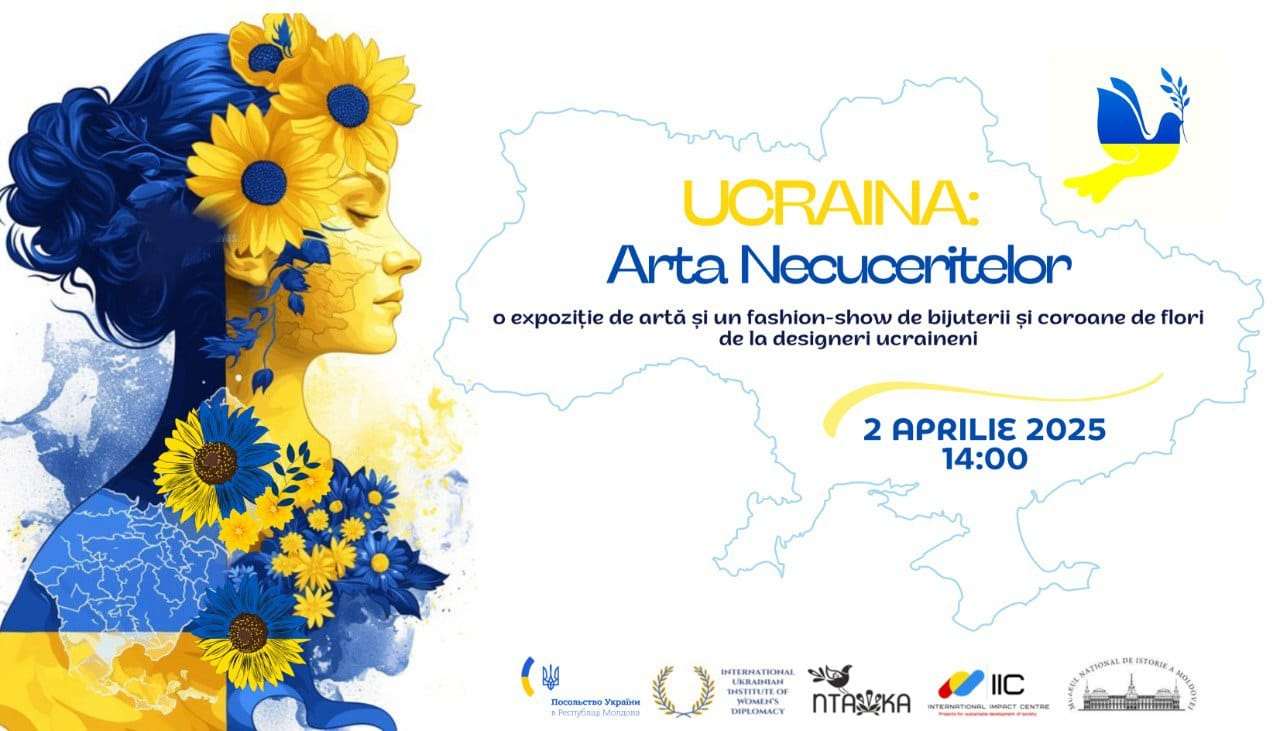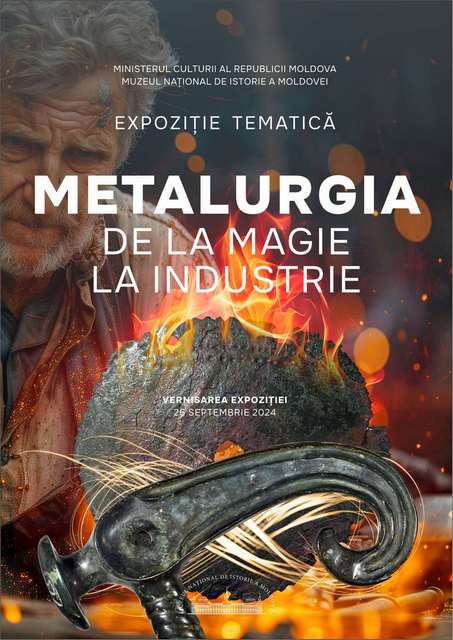The National Museum of History of Moldova and the Polish Institute of Bucharest opened on February 1st, 2018 the exhibition „Polish Scouting and Guiding Association in the International Scouts' Family".
The exhibition consists of 30 stands made by the Museum of Scouting ZHP in Warsaw at the initiative of the Polish Institute in Bucharest. It is part of a series of cultural events marking in 2018 the 100th anniversary of the National Revival of Poland.
The exhibition „Polish Scouting and Guiding Association in the International Scouts' Family" introduces to the Moldovan public the traditions of the Polish scouting, its beginnings and the founding personalities of the organization.
The authors of the exhibition focused on the participation of the scouts at important events for Poland's history and independence, on the relationship between Polish scouts and scouts in other countries. The exhibition displays heroic stories, friendships made during jamborees organized in different countries, the continued desire for the recovery of freedom and peace, the recognition of independent Poland at international level, the care for tradition, as well as, or perhaps first of all, the play and the good will that accompany scouting activities and educational importance of this movement.
Among other things, the exhibition teaches us about the influence of scouting education on many generations of Polish young people, based on values such as patriotism, friendship, service to others, faith, hard work, fairness, freedom and peace.
The exhibition can be visited at the National Museum of History of Moldova between February 1 and 18, 2018.











 31 August 1989 St., 121 A, MD 2012, Chisinau, Republic of Moldova
31 August 1989 St., 121 A, MD 2012, Chisinau, Republic of Moldova















































